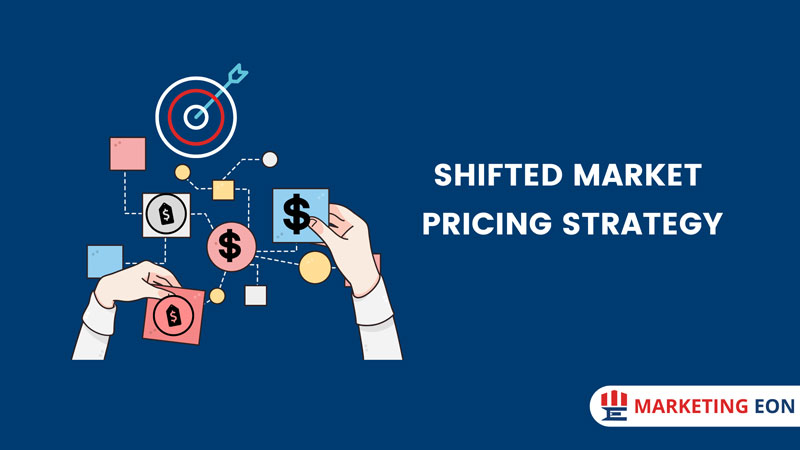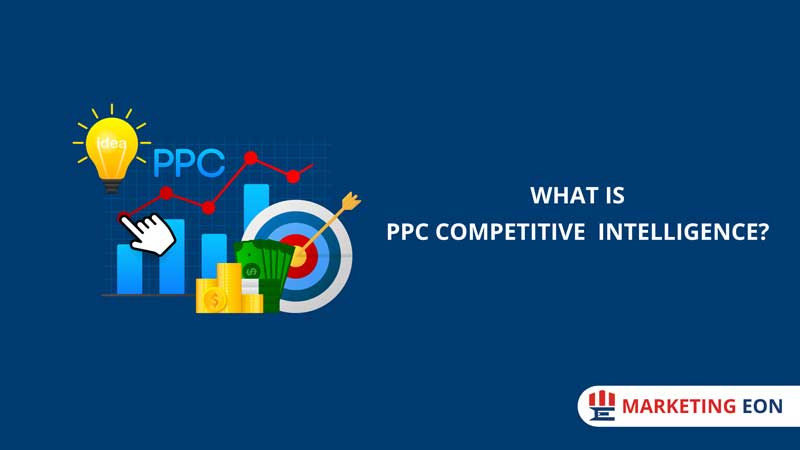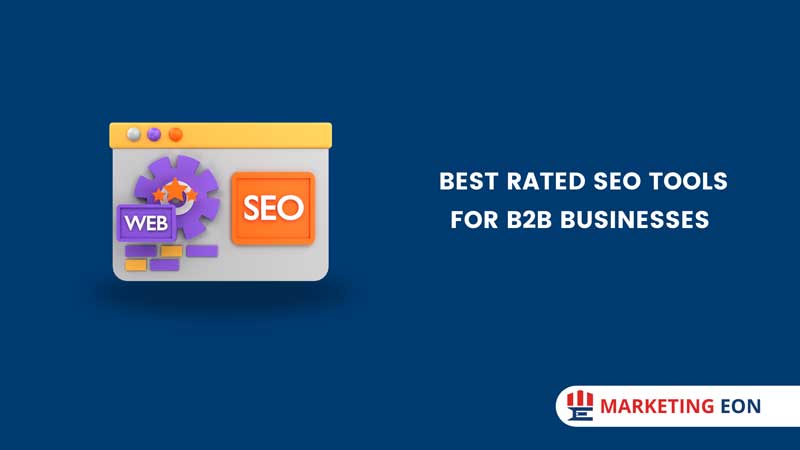Are you looking forward to learning about the shifted market pricing strategy? It seems you are and I am going to give you the complete resource of that.
For any business, it is super crucial to adopt an effective pricing strategy that ensures more sales and increase revenue. No pricing strategy is permanent and gives you a better outcome for a long time, especially when you witness a shifted market.
As most markets change continuously, you need to come up with the shifted market pricing strategy immediately to keep pace with the situation.
Sounds interesting, isn’t it? Just be patient and read the article thoroughly, the whole concept of shifted market pricing strategy will be much clearer to you. Let’s start with the definition of the shifted market and shifted market pricing strategy.
What is a shifting market?
We can consider the market as a shifting market where the prices of products and services are constantly changing and businesses need to keep changing their prices to remain competitive.
To survive and do better in the sifted market you need to adopt new pricing strategies that is similar to the competitors or have more value than their offerings.
What is shifted market pricing strategy?
When a business owner or marketer has to change the pricing strategy to compete better in the dynamic market, this strategy is called shifted market pricing strategy.
Pricing strategies you need to consider for shifted market
There are some pricing strategies given here that you can choose as your shifted market pricing strategy.

1. Value-based pricing
The value-based pricing is when you set your prices based on your customers’ perceived value of your products and services. This pricing strategy is usually taken primarily for a product or service based on customers’ estimated value. You can use the pricing strategy when you see a sudden change in the market and you need to change your pricing accordingly.
2. Price skimming
When you want to get your investment faster, you need to adopt this price-skimming strategy. Here, prices are set as high as the market will demand and lower over time. This is a very tricky pricing strategy and can give you the best result if you can adopt this for the right product.
3. Prestige Pricing
Prestige pricing works super as a shifted market pricing strategy that allows businesses to set higher prices for products and services with a higher perceived value. As a result, customers get the products paying more price than other products as they think spending more for the products is worth it.
If you are willing to build a powerful brand and attract more customers. You must have to do prior research on competitors and find a value proposition that differentiates your products and services from the competitors.
4. Competitive Pricing
A competitive pricing strategy is the simplest among all as you need to set your prices similarly to your competitors’ pricing. If you have a new business or need an urgent pricing strategy, you can adopt competitive pricing.
If you want to get a competitive advantage and outperform your competitors, then this is not for you as there is very little chance for growth.
Why and when to adopt shifted market pricing strategy
The Shifted Market Pricing Strategy is adopted by businesses when their current pricing strategy failed to serve the purpose and cannot cope with the shifted market.
Maybe your competitors have suddenly declined their products’ prices or made changes in their offerings. In this case, your current pricing strategy may not perform as well as before.
So, you need to make changes in your pricing strategy to give the fight against the competitors and reclaim your market share. And that’s where the shifted market pricing strategy is required.
How does a shifted market pricing strategy work for your business?
The shifted market pricing strategy works as a problem solver and helps businesses to adjust their prices according to the shifted market.
To give you a clear idea with the example, if you found that your competitors have lowered their products’ prices, you must have to make a change in your products’ prices.
You can lower your products’ prices to remain competitive in the shifted market or you need to add more value to your existing products.
This is how shifted market pricing strategy works as a back through to help you respond faster in a shifted market where pricing fluctuates and gets unpredictable.
Pros and cons of applying shifted market pricing strategy
Pros:
- Helps you survive and remain competitive in the shifted market
- Allows you to gain a competitive advantage over competitors
- Build a strong brand image
- Helps to increase sales and generates more profits
Cons:
- Continuous changes in price may create a negative perception in customers’ minds
- This can lead to a price war among competitors
- May lose the market share
Conclusion
As a marketer or entrepreneur, you must have a clear idea about the shifted market pricing strategy. You can keep control of your products’ prices and remain competitive in the shifted marketing. I hope reading the article has made this topic understood completely.
You may also read: What is an Active Buyer Vs a Passive Buyer?






